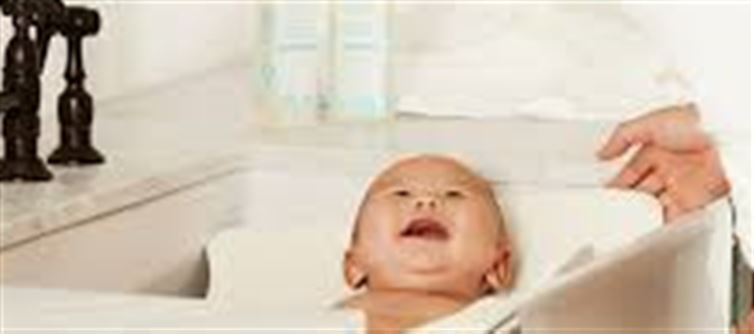
Your home should be a safe haven for your baby, but with tiny hands and curious minds, even familiar surroundings can pose risks. Baby-proofing your home ensures that your little one can explore safely, while reducing the chance of accidents and injuries.
Here are 10 essential guidelines to keep your baby safe at home:
1. Baby-Proof Furniture and Corners
- Cover sharp corners and edges of tables, shelves, and countertops with soft guards.
- Secure heavy furniture like wardrobes and bookshelves to the wall to prevent tipping.
- Avoid placing objects that can be pulled down within the baby’s reach.
2. Install Safety Gates
- Use gates to block stairways and areas that are unsafe for crawling or walking babies.
- Ensure gates are sturdy, properly installed, and at a height your baby cannot climb over.
3. Keep Small Objects Out of Reach
- Babies explore the world with their mouths, so small items like coins, buttons, beads, and batteries should always be kept out of reach.
- Regularly check the floor and low surfaces for any potential choking hazards.
4. Secure Electrical Outlets and Cords
- Cover unused electrical outlets with childproof plugs.
- Keep electrical cords from appliances and chargers out of reach or secured to prevent pulling.
5. Store Medicines, Cleaning Products, and Chemicals Safely
- Always lock medicines, cleaning agents, detergents, and other chemicals in high cabinets.
- Never leave bottles open or within reach of a curious baby.
6. Maintain Safe Sleeping Areas
- Use a firm, flat mattress in a crib with fitted sheets.
- Remove pillows, stuffed toys, and blankets that could increase the risk of suffocation.
- Always place the baby on their back to sleep.
7. Keep Floors Clean and Dry
- Wipe up spills immediately to prevent slips and falls.
- Use non-slip mats in bathrooms and kitchen areas.
- Avoid leaving rugs loose where babies crawl or walk.
8. Supervise During Mealtime
- Never leave a baby unattended while eating.
- Cut food into small, manageable pieces to prevent choking.
- Avoid giving hard, round, or sticky foods to babies under three years.
9. Be Careful with Hot Surfaces and Liquids
- Keep hot drinks, soups, and cooking pots out of reach.
- Turn pot handles inward on the stove and use stove guards.
- Avoid holding a baby while cooking or drinking hot liquids.
10. Install Smoke and Carbon Monoxide Detectors
- Install detectors in bedrooms and living areas.
- Test alarms regularly to ensure they are working properly.
- Keep emergency numbers handy and have a basic first-aid kit accessible.
🌟 Extra Tips for Baby Safety at Home
- Always supervise your baby, especially near water (bath, bucket, or pool).
- Teach older siblings about safe interaction with the baby.
- Rotate toys regularly to avoid clutter and potential hazards.
- Keep emergency numbers, including poison control, within easy reach.
✅ Final Word
Creating a safe home environment for your baby requires foresight and careful planning. By following these 10 guidelines—covering furniture, electrical safety, sleeping, food, and supervision—you can minimize risks and allow your baby to explore and grow in a safe, nurturing environment.
Disclaimer:
The views and opinions expressed in this article are those of the author and do not necessarily reflect the official policy or position of any agency, organization, employer, or company. All information provided is for general informational purposes only. While every effort has been made to ensure accuracy, we make no representations or warranties of any kind, express or implied, about the completeness, reliability, or suitability of the information contained herein. Readers are advised to verify facts and seek professional advice where necessary. Any reliance placed on such information is strictly at the reader’s own risk..jpg)




 click and follow Indiaherald WhatsApp channel
click and follow Indiaherald WhatsApp channel